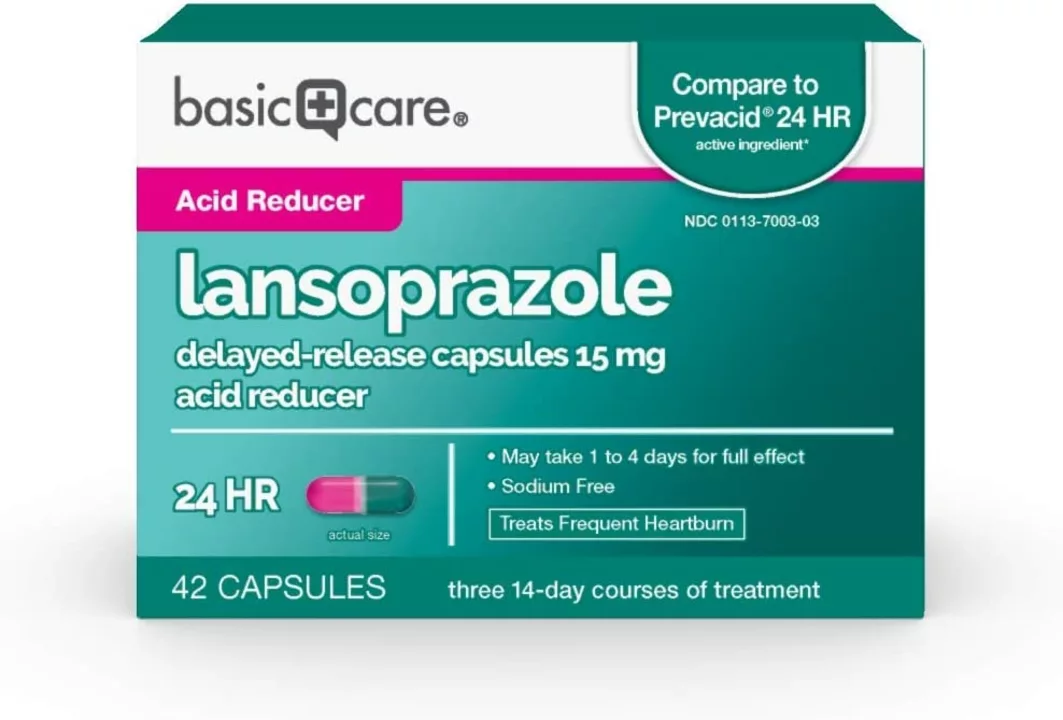Widespread Use: Why Common Medicines Matter to You
Most people use at least one medicine regularly; some drugs are almost everywhere. When a medicine reaches widespread use, that affects availability, side effects we notice, and how doctors prescribe. This page helps you spot what matters when drugs, tools, or online services become popular.
Popular doesn't always mean best. A medication like metformin or a class like SGLT2 inhibitors becomes common because they work for many people, but they also bring new questions—who should avoid them, what side effects show up over time, and how costs shift when demand climbs. Knowing the real trade-offs helps you have smarter conversations with your provider.
Availability and Access
Widespread use often means easier access. Generic versions, discount cards, and many online pharmacies sell common meds. But easier access can also bring risks: fake sites, low-quality suppliers, or misunderstanding prescriptions. Always check that the pharmacy requires a valid prescription, shows a real address, and has clear contact info. If a price looks too good to be true, it probably is.
Safety, Side Effects, and Long-Term Data
When a drug is used by millions, rare side effects become visible. That’s why post-marketing reports and real-world studies matter. For example, drugs like beta blockers and ACE inhibitors reveal long-term pros and cons only after large-scale use. Ask your doctor about monitoring plans, common side effects to watch for, and how to stop or switch safely if problems arise.
Finding alternatives is part of smart care. If a common drug causes issues, there are usually other options—different drug classes, lifestyle changes, or non-drug therapies like therapy for bulimia or natural diuretics for mild fluid retention. Use online guides to compare but rely on a clinician to tailor choices to your history and tests.
Buying commonly used drugs online can save money, but safety must come first. Use well-known pharmacy discount services or verified telemedicine platforms that require prescriptions and licensed providers. Keep records of doses, batch numbers, and delivery dates. If something feels off—wrong packaging, odd pills, or new symptoms—stop taking the medicine and contact a professional immediately.
Widespread use also affects supply chains. Shortages happen when demand spikes or manufacturing slows. If your regular medication is scarce, talk to your pharmacist about temporary substitutes and how to adjust doses. They can often suggest equivalent drugs like switching between inhalers or antihistamines depending on your needs.
Watch for evolving guidance. Regulators update labels and warnings as new risks appear; subscribe to drug safety alerts or ask your pharmacist about recalls. If you're pregnant, breastfeeding, or have organ disease, double-check every common medicine—standard doses may not be safe for your situation. Talk openly with your provider.
Finally, stay curious and cautious. Read straightforward, up-to-date guides, compare real price tools, and ask for lab checks when needed. A popular drug likely works for many—but the right choice for you depends on your body, other medicines, and life priorities. Keep records, ask questions, and keep your healthcare team in the loop.

